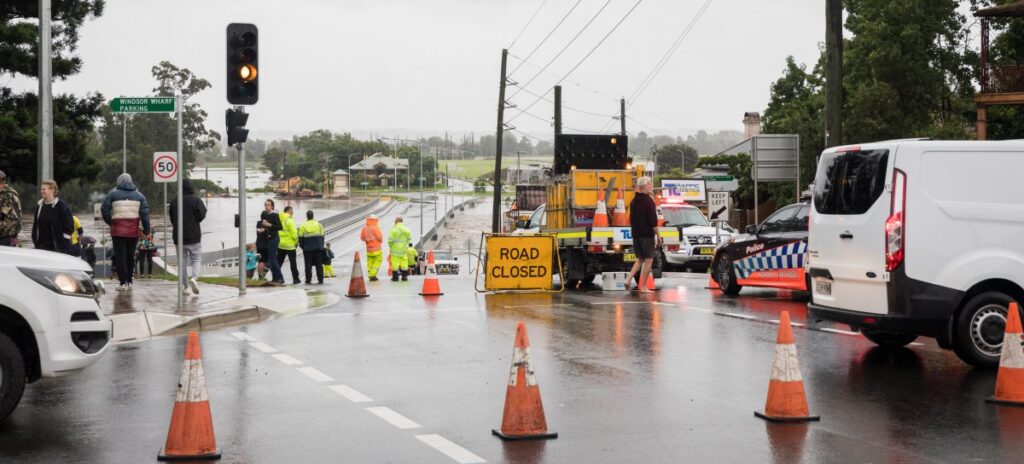
Coastal hazard refers to the peril or event that has the capacity to disrupt the functionality or damage a particular coastal area, it could include storms, medicanes, sea level rise to name a few. Exposure is defined as the amount of an asset that is exposed to the hazard in a given space and time, while vulnerability is defined as the susceptibility or damageability of this asset to a given intensity of the hazard. In order to assess accurately the vulnerability of coastal areas, individual coastal infrastructure and interconnected built environment it is necessary to decipher and quantify (1) first the hazard level (e.g. wave propagation, overland flow), (2) the exact effects on coastal sites and structures of interest (e.g. erosion, hydrodynamic pressures), and (3) the capacity/resistance of the particular asset.
In the MOIRAI project the first component will be predicted primarily from the regional-coastal models (e.g. DMI-WAM and ENEA-WAVEWATCH), while for specific locations where increased accuracy is needed these models will be coupled with high-fidelity coastal-local models (e.g. TOMAWAC, HEC-RAS 2D). The spectral models will simulate the wave propagation and transformation from offshore to nearshore locations, enabling the prediction of (i) coastal erosion which is a growing problem in touristic and coastal areas and (ii) overland flow (i.e. flooding) during extreme storms, which has also been documented in the last decade in several EU regions, including three of the Use Cases.
More advanced wave models that utilize different approaches (e.g. Boussinesq equations, mild-slope equations) will be developed in order to simulate the wave penetration inside the ports and wave disturbance. Such models are critical for averting maritime accidents and operational disruptions, assessing the expected effects of climate change on the port functionality and integrity, and developing appropriate adaptation strategies.